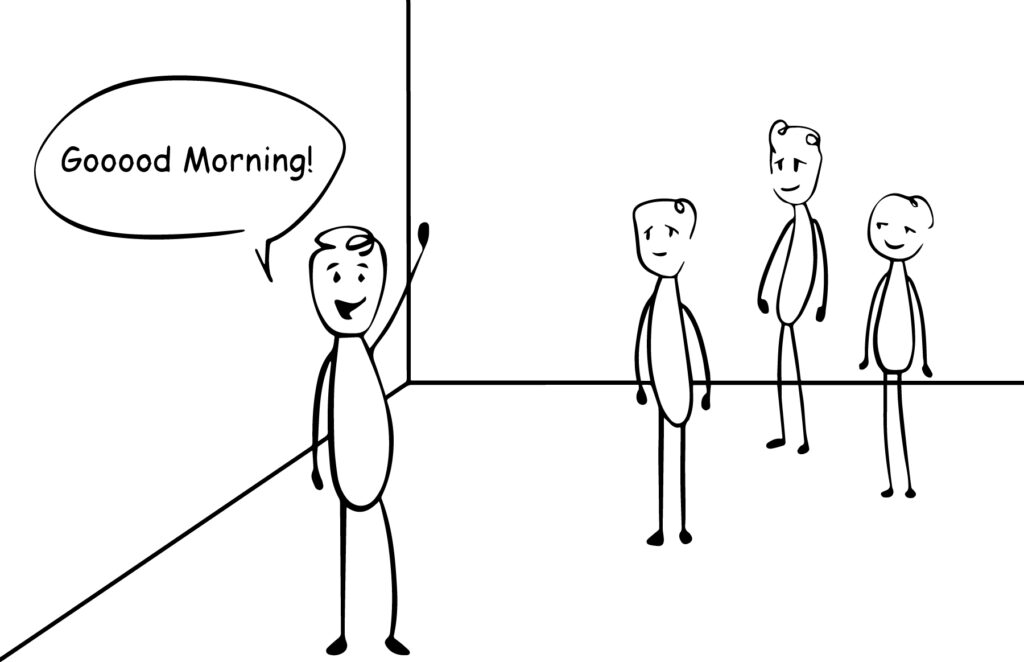“Mind of a Student” is a workshop for education professionals, custom-designed to enhance your team’s ability to think differently, engage with each other and connect with their students in ways they haven’t before.
During the Mind of a Student workshop, we cover these three areas of focus:
In-Group and Out-Group Bias
We are all impacted by bias. When we look through the lenses of our bias, the world looks exactly how the bias is telling us it should look. In fact, there are over 180 different types of it, so the filter through which we view the world is pretty dense. It’s always running in the nonconscious brain, and we don’t even notice it. In the school and classroom environment, bias and lack of empathy for fellow teachers and students can be detrimental to the culture, morale and ultimately impact student learning. It’s only until we give our attention to it by pulling the “bias lenses” away from our eyes and look AT them, instead of through them, that we can truly begin to change the way we think, and how bias influences the way we connect with others, specifically student:teacher and teacher:teacher relationships.
Empathy
When we talk about being “empathetic,” we’re usually describing affective empathy. It’s our brain’s way of connecting to another person through an emotional experience. You see this type of empathy in action when a baby smiles at you and you smile back, or when you see a sad story on the news and you cry. When we say something such as “I know how you feel,” we may or may not be right, but it’s our impulse to share an emotional experience and connect on an emotional level with another person. This is affective empathy at work, and it happens automatically and unconsciously.
Cognitive empathy is different. It’s a conscious decision to recognize and understand another’s point of view and way of making sense of the world. You’ll often hear this type of empathy called “perspective taking,” because it’s your ability to not only hold your own perspective in how you see something, but to leave that perspective behind and shift to see the world as another person. This type of empathy activates a different part of your brain and takes a conscious effort to make happen. Through various perspective taking exercises, we step into the shoes of our peers and students, and look at how empathy influences our relationships.
SCARF Model
The SCARF model is a way of understanding motivation and what triggers the brain’s defense responses. The SCARF model involves five domains of human social experience: Status, Certainty, Autonomy, Relatedness and Fairness. When one of those domains is provoked into a threat state, it activates our brain to minimize that threat as quickly as possible. When we can explore our thought patterns and identify what drives our own social behaviors, we can bring conscious awareness of this nonconscious process to the forefront, and begin to see how it impacts our interactions with others.
Interested in learning more? Contact us to set up a discovery session.




